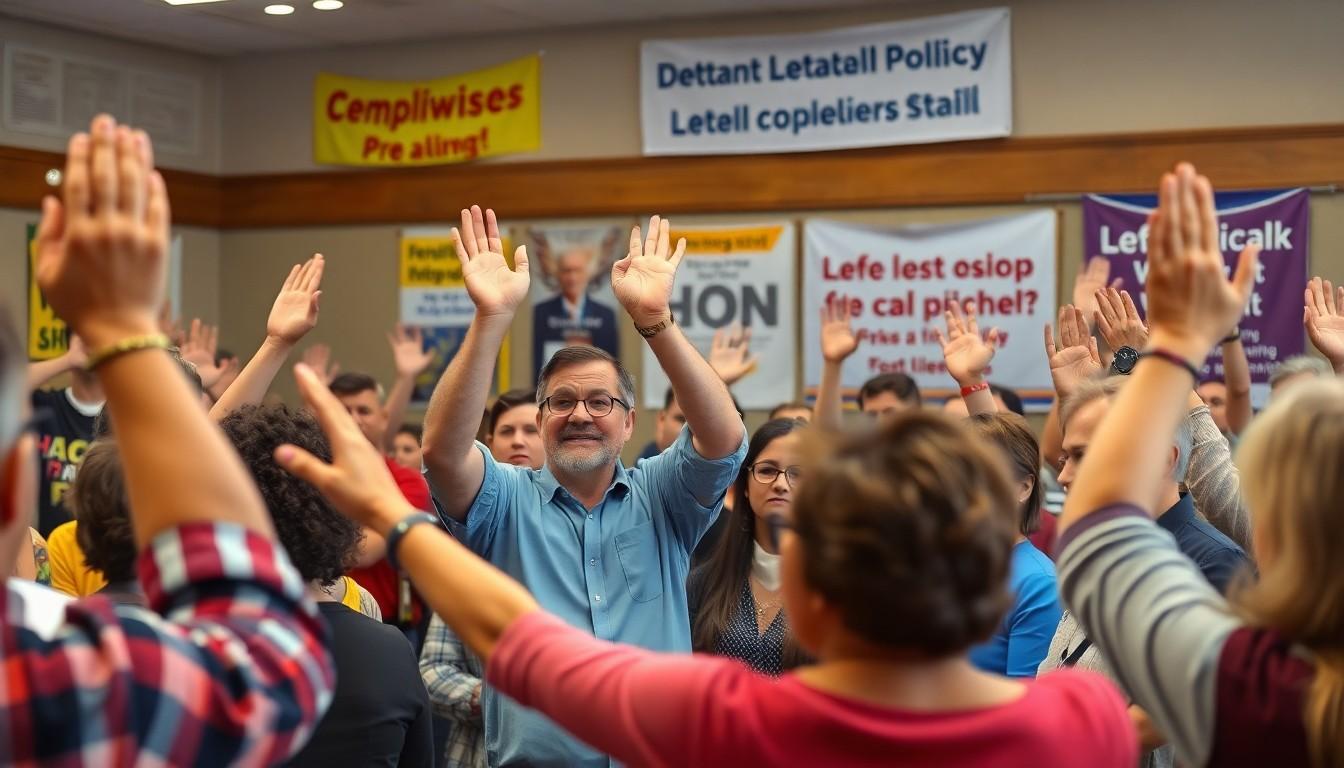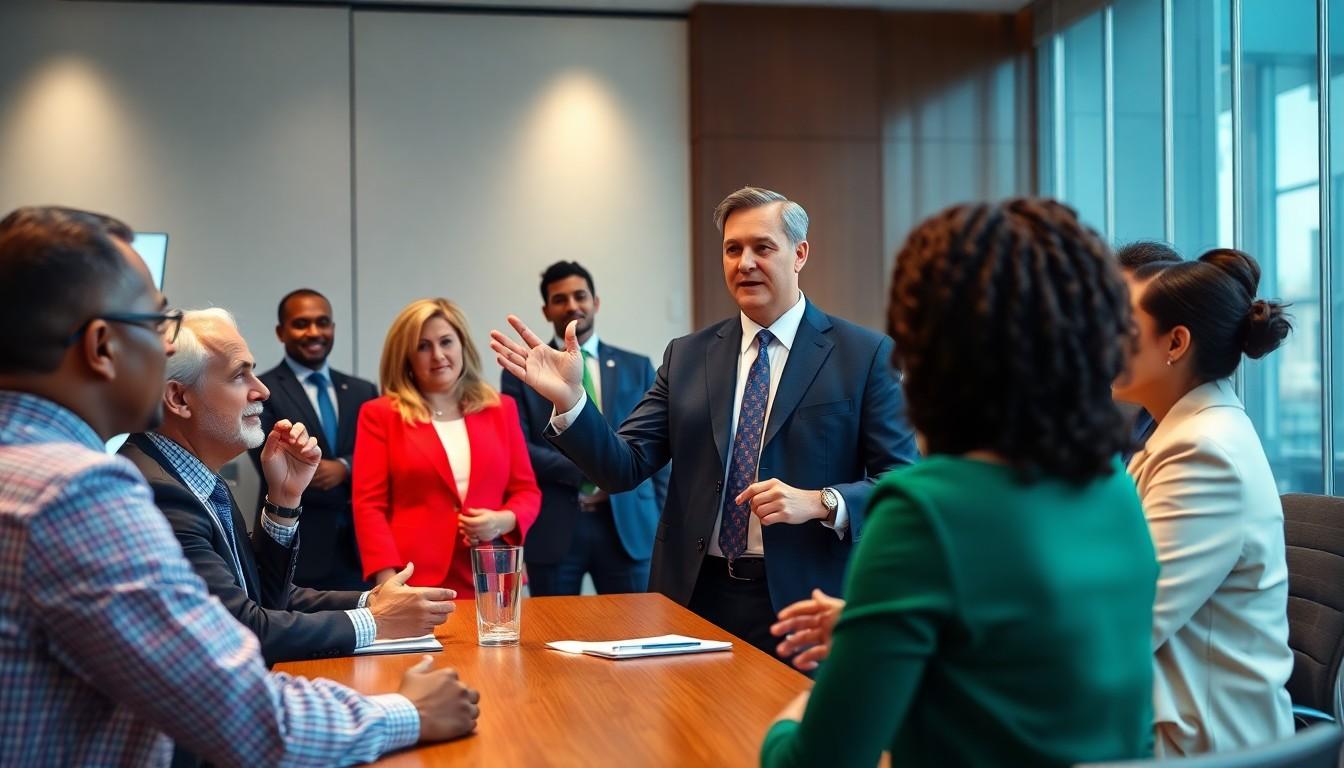Political communication isn’t just about politicians shouting into microphones or crafting the perfect tweet. It’s a dynamic dance of messages, media, and the public that shapes opinions and influences decisions. Whether it’s a campaign speech that makes you cheer or a controversial tweet that leaves you scratching your head, understanding this art form is crucial in today’s fast-paced political landscape.
Political Communication Definition
Political communication encompasses the processes through which information is produced, disseminated, and interpreted in the context of politics. It involves the interactions among various actors, including politicians, the media, and the public.
Historical Context
Historical developments shaped the modern understanding of political communication. The advent of print media in the 17th century marked the beginning of widespread political discourse. Innovations like the telegraph and radio further revolutionized communication during the 19th and 20th centuries. With the rise of television in the 1950s, politicians could connect with the electorate more directly. In recent decades, the emergence of the internet and social media platforms significantly changed how messages are transmitted, allowing for instantaneous interactions and feedback. Each phase in this timeline contributed to the complex landscape of political communication seen today.
Components of Political Communication
Several key components define political communication. Messages convey information from various sources such as policymakers and political parties. The media act as channels that transmit these messages, shaping public perception and discourse. Public opinion serves as a crucial element, reflecting the attitudes and beliefs of citizens, which in turn influences political action. Campaigning plays a pivotal role, as candidates engage with the electorate through speeches, advertisements, and social media. Each of these components interconnects, creating a dynamic framework that influences political outcomes and civic engagement.
Importance of Political Communication

Political communication plays a crucial role in shaping governance and civic engagement. Understanding its significance allows for a deeper appreciation of how society interacts with political entities.
Role in Democracy
Political communication fosters democratic participation. Effective dialogue between government officials and citizens enhances transparency. Citizens receive information about policies, which promotes informed decision-making. Politicians utilize communication to engage with constituents, allowing for active debate and discourse. This exchange empowers voters, ensuring they have a voice in the democratic process. Moreover, robust communication networks bolster accountability, compelling politicians to act in the public’s interest.
Influence on Public Opinion
Public opinion forms through political communication channels. It acts as a barometer of societal values and concerns. Media messages shape perceptions of political issues, influencing people’s attitudes and beliefs. For instance, campaign messages during elections can sway voter preferences significantly. Social media platforms amplify these effects by fostering immediate interactions and discussions. Effective campaigns often use targeted messaging to resonate with specific demographics, shaping the narrative around critical political topics. Consequently, understanding the dynamics of public opinion is essential for politicians and citizens alike.
Types of Political Communication
Political communication encompasses various forms. These forms include verbal and non-verbal methods that shape political discourse and influence public perception.
Verbal Communication
Verbal communication consists of spoken and written words. Politicians frequently use speeches to convey their messages to the public. Debates serve as platforms for expressing differing viewpoints and engaging voters. Press releases represent another tool, providing concise information to media outlets and the public. In addition, social media posts allow for direct, rapid exchanges with constituents. This form of communication can enhance transparency, encouraging interactive dialogues. Effective verbal communication creates an emotional connection, driving support or opposition from the audience. Successful politicians recognize the power of language in framing political narratives, influencing public opinion, and mobilizing voters.
Non-verbal Communication
Non-verbal communication refers to body language, facial expressions, and gestures. These cues contribute significantly to the overall message conveyed. A confident posture or maintaining eye contact can instill trust and authority. Similarly, gestures during speeches can emphasize points and engage the audience visually. Non-verbal elements like attire also impact perceptions, as they reflect professionalism and relatability. Campaign events provide opportunities for non-verbal signals, as candidates interact with voters. These interactions can foster emotional connections and enhance the candidate’s appeal. Understanding non-verbal communication enables politicians to craft a holistic approach, reinforcing their verbal messages and improving engagement with the public.
Challenges in Political Communication
Political communication faces significant hurdles in today’s environment. These challenges shape how messages are conveyed and received among politicians, the media, and the public.
Misinformation and Disinformation
Misinformation and disinformation pose major threats to political communication. Misinformation refers to false information shared without malicious intent, while disinformation involves deliberate efforts to mislead. Both impede informed decision-making and distort public perceptions. Social media platforms often amplify these issues, allowing rapid spread. According to the Pew Research Center, 64 percent of adults believe fake news leads to confusion about basic facts. Addressing this challenge requires consistent media literacy efforts among the public and accountability from platforms.
Navigating Media Landscape
Navigating the complex media landscape is critical for effective political communication. Diverse channels, including traditional media, online news, and social networks, shape how messages reach audiences. Politicians must understand audience preferences on each platform to tailor their communication strategies effectively. A study by the American Press Institute found that 62 percent of adults prefer obtaining news via digital sources, indicating a shift from traditional media. Recognizing this trend enables politicians to adapt and engage constituents more effectively, fostering stronger connections.
Effective Political Communication
Political communication is an essential element of democracy that shapes governance and civic engagement. By understanding the intricate interplay of messages, media, and public perception, individuals can better navigate the political landscape. The evolution of communication methods has transformed how politicians interact with constituents, making it crucial for them to adapt to changing preferences and technologies.
As misinformation poses significant challenges, fostering media literacy becomes vital for informed decision-making. Ultimately, effective political communication not only empowers voters but also enhances transparency and accountability within the political system. Recognizing its importance will lead to a more engaged and informed citizenry.

